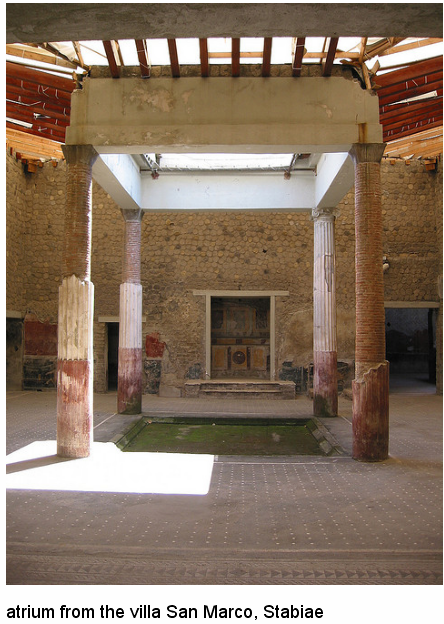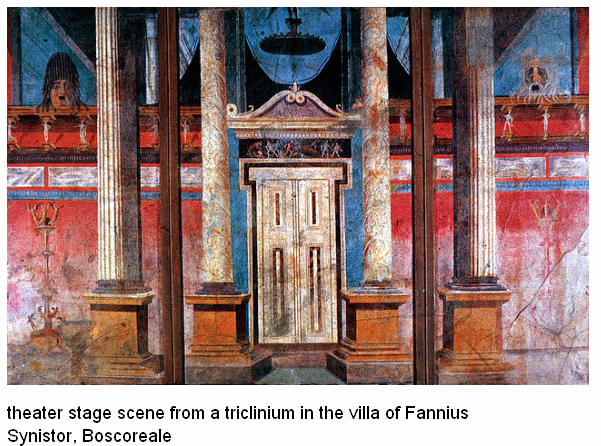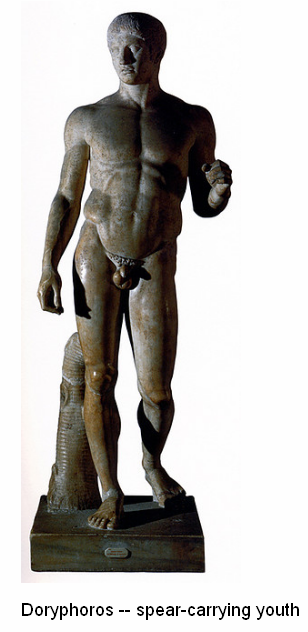Rooms and Functions

The roman villa had different functions for its inhabitants but it usually served as the place for the people of the upper class to live with their families. As such, there were two basic types of Roman villas including an urban one and the one designed for servants and slaves (Nagle 44). The villa I am describing is for upper class family with children where none of the members is involved into farming or other agricultural activities.
Triclinium
Triclinium serves as a dining room with couches along three walls and corresponding wall paintings and mosaics. As the family is rich, the floor mosaics should be an integral part of the villa demonstrating the wealth of the family. The picture above shows the plan of a typical Roman villa where different alterations could be made in terms of the overall shape of the living area.
Cubiculum
The cubiculums are numerous in the design I have chosen as they have many functions and can be used for storage of different goods, clothes, and useful things for household items such as brooms, pots, and others.
Oecus
Oecus is the private space which is designed in a smooth and delicate way which presupposes that the people that find themselves in this room can not bother about someone coming in or similar things.

Atrium
This room is a kind of a threshold which should be obligatory for an upper-class family. I plan to make this place lighter using columns and an impluvium (a pond) where the water would reflect the light.
Peristyle
An open garden with columns should be an integral part of the villa because it enables the inhabitants to have some open-air walks without leaving the area of the villa.
Tablinum
This is the space that joins the atrium (open space with a pond) and the inner space of the entire villa. This space is a kind of a hall which can be decorated with mosaics and sculptures.

Gestation. This space is an integral part of the Roman villa, especially if there are boys in the family because this area is used to teach them ride a horse. The only decoration that can be safely used includes wall paintings and mosaics.
Inner Space
Wall paintings
The wall paintings should be used to decorate the atrium and triclinium where the members of the family and their guests will spend most time, hold meetings and discussions, and have parties.


Mosaics
The mosaics should be used on the floor as the villa is owned by a rich family that can afford having floor mosaics. Besides, mosaics should be placed on the walls of the atrium, oecus, and tablinum as well as triclinium making the space look warmer and more elegant.
Sculptures
Sculptures can be placed in the areas of the villa where they can be perceived as planned by the author. For instance, atrium, peristyle, and tablinum can be considered the best places to situate the sculptures there. As such, the discussions can be held in the atrium where the sculptures would make the people more focused. Besides, the sculptures located in the tablinum would help to differentiate between the areas with different functions.
Works Cited
Nagle, D. Brendan. The Ancient World: A Social and Cultural History. 7th ed. Upper Saddle River, NJ: Prentice-Hall, 2009.
Wolpert, Aaron. The Roman Villa. Collections. Flickr page from Yahoo! 2011. Web.